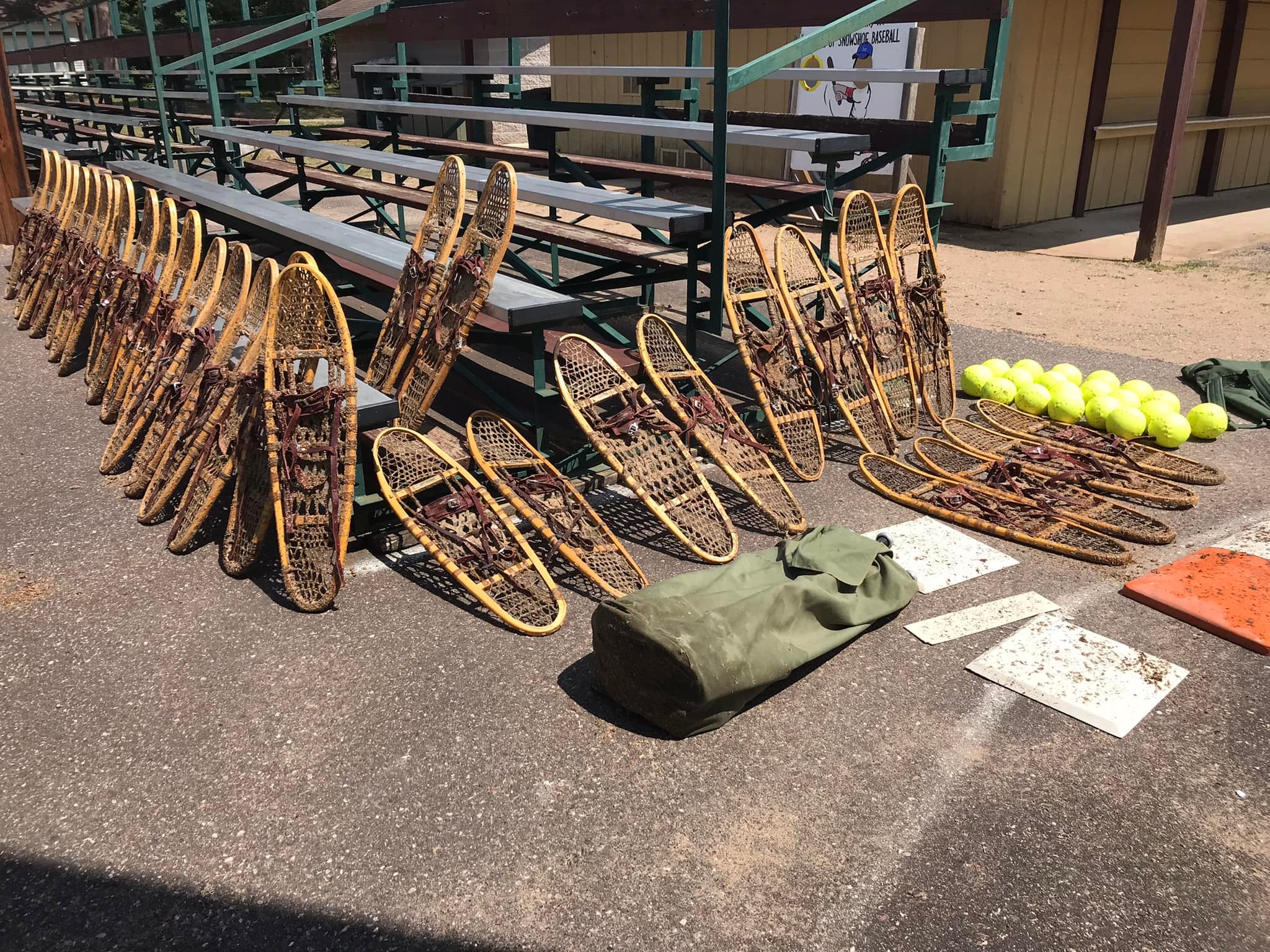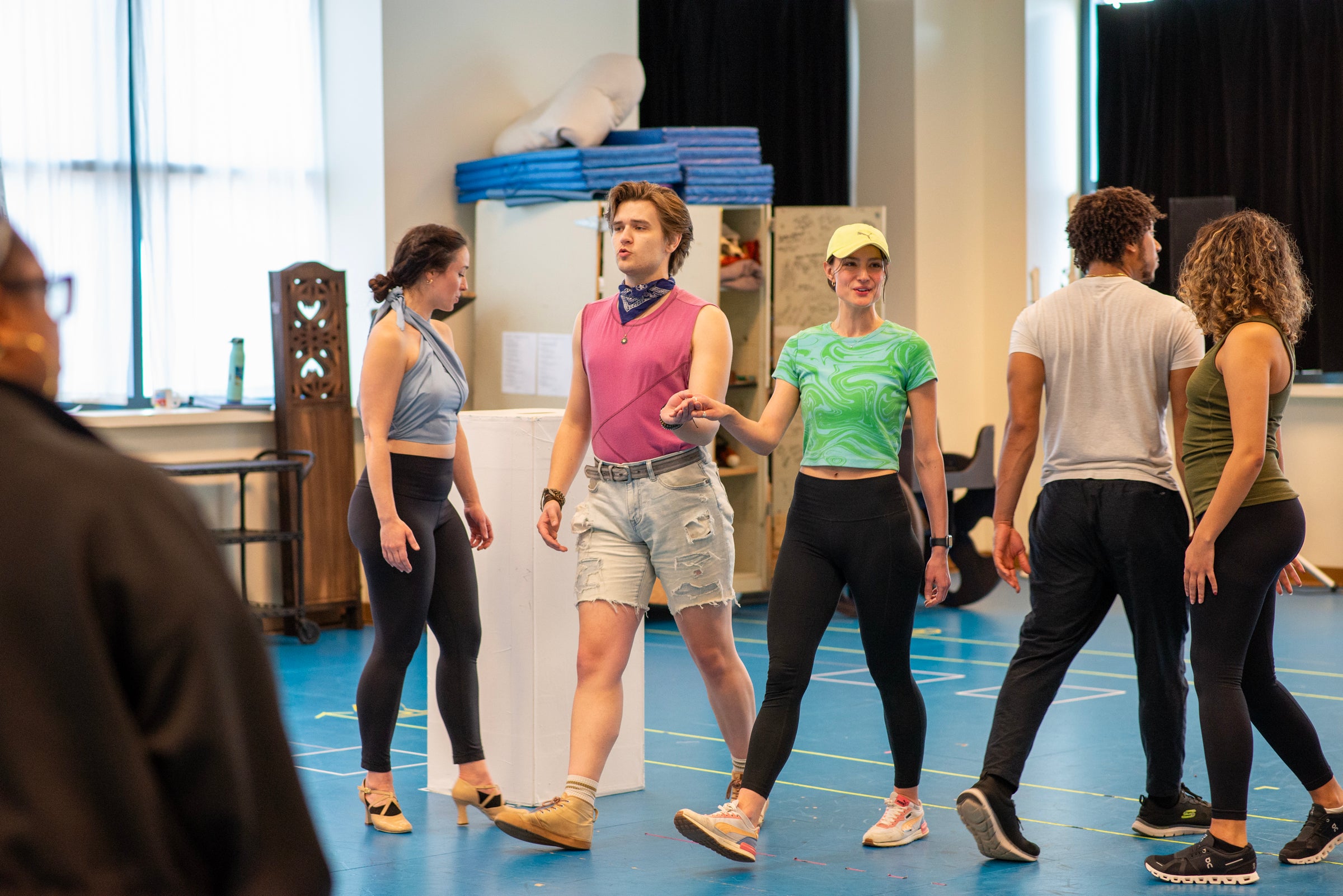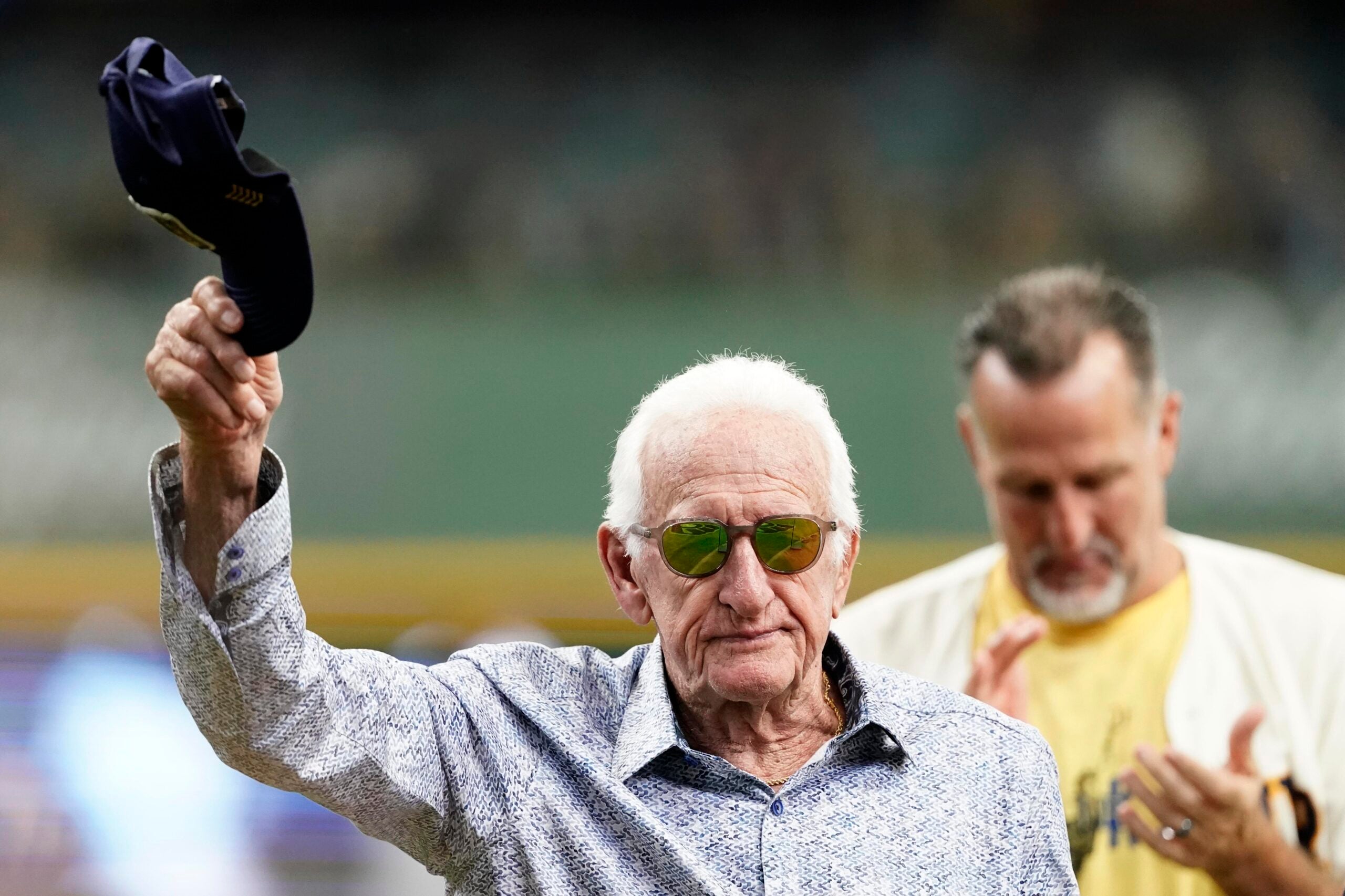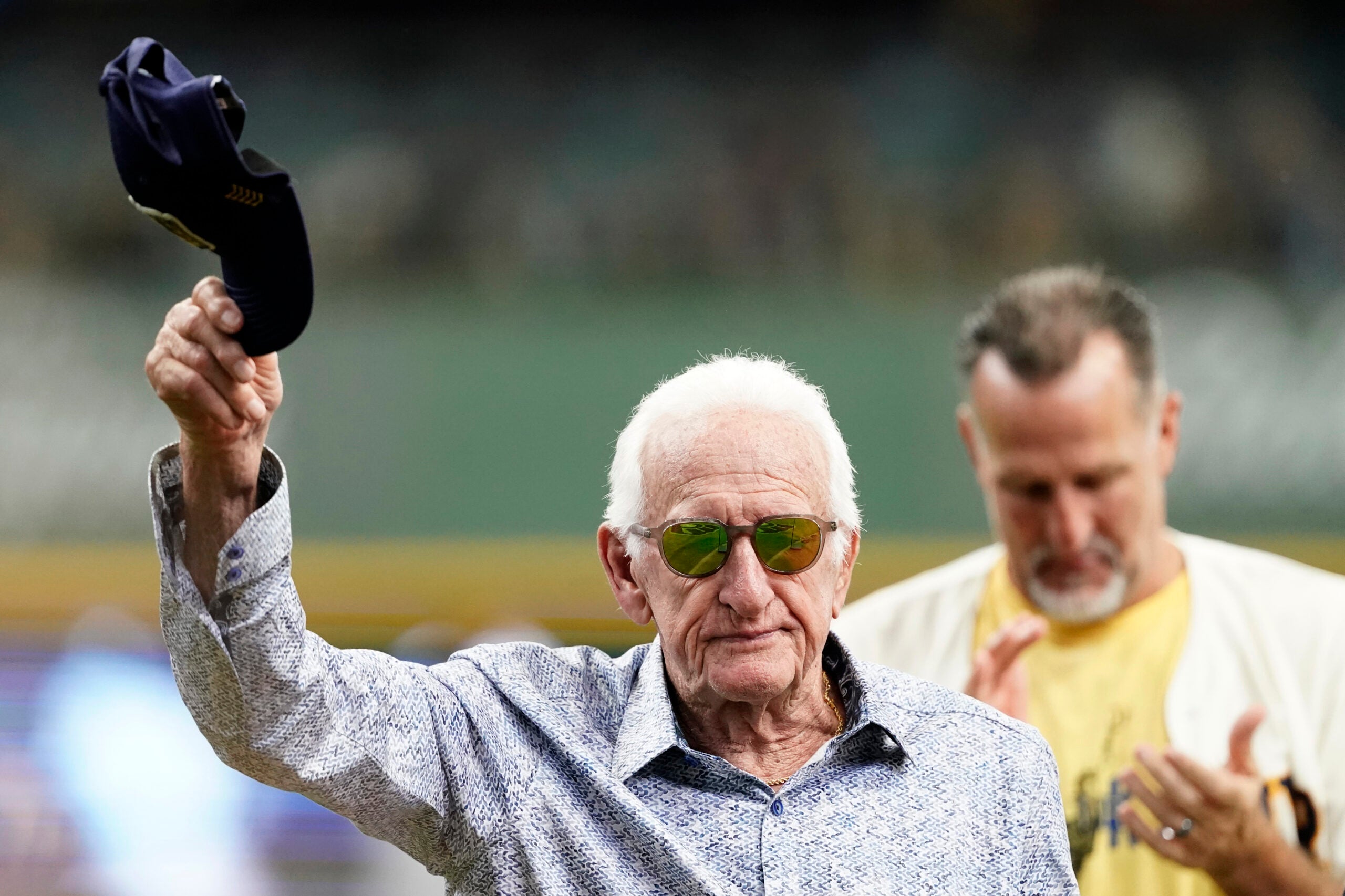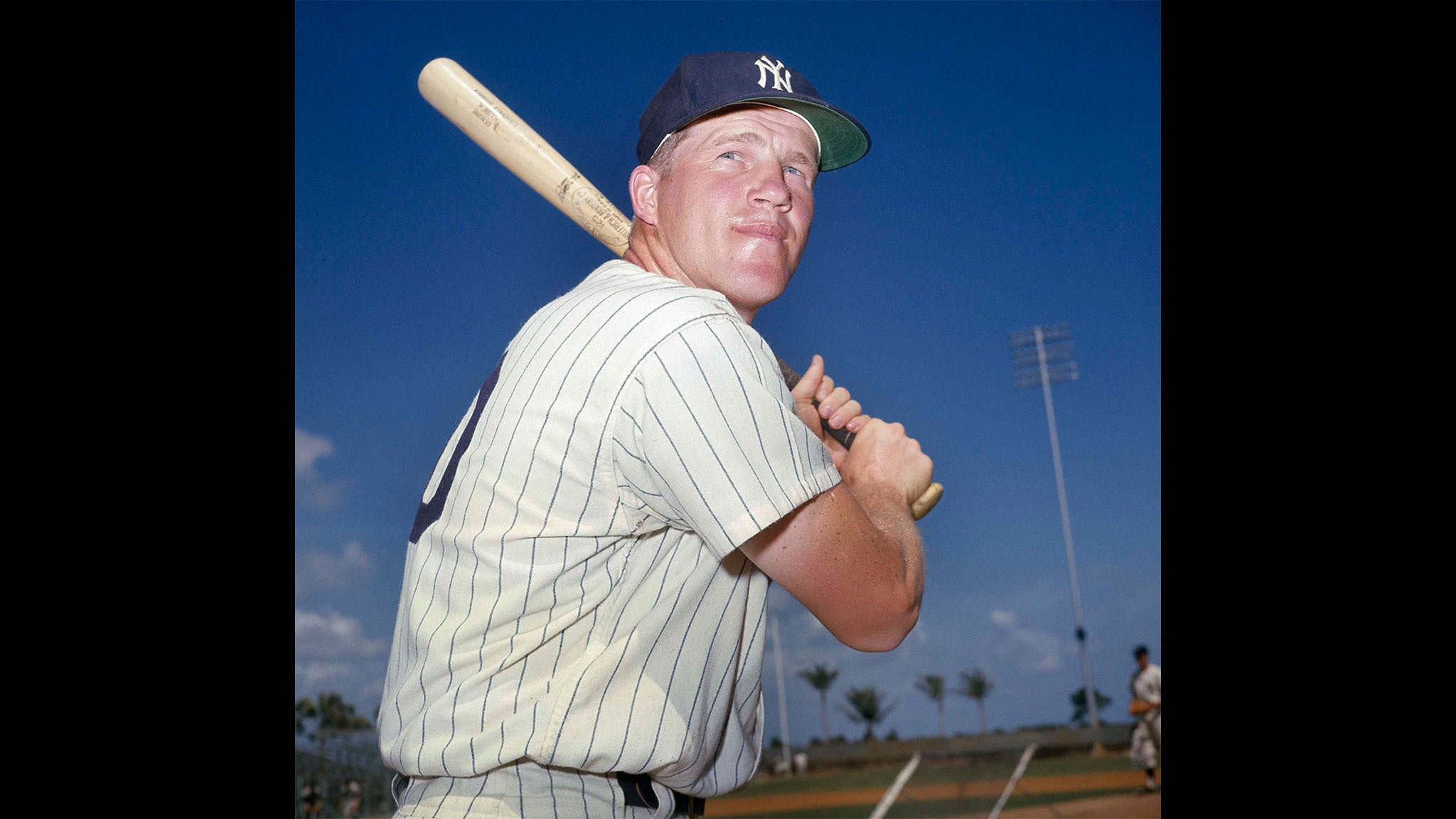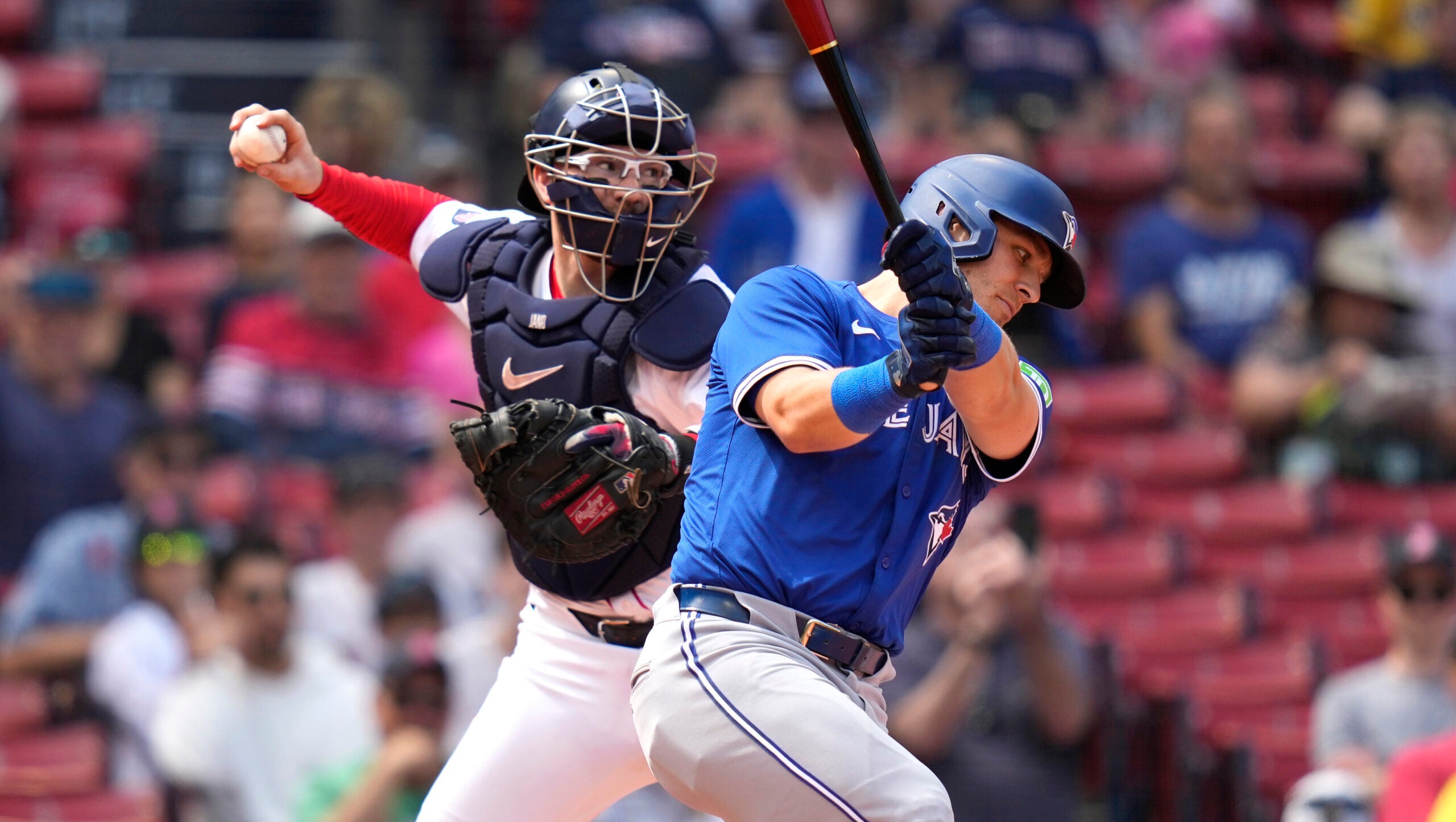Each Monday during the summer months, the small community of Lake Tomahawk is transformed into a hub for tourists and locals alike who take in the sights, sounds and smells of a uniquely Wisconsin tradition: snowshoe baseball.
Fans by the hundreds attend weekly matchups between the Lake Tomahawk Snowhawks and teams formed by local organizations that include veterans groups, police and fire departments, TV personalities and the like. Chairs and blankets are in place long before the pregame cookout begins at 5:30 p.m., with the games starting two hours later on a field covered in sawdust.
Visitors usually start the evening with a brat, hot dog or burger, but the main attraction aside from the game itself is nothing other than homemade pie, prepared and sold by local community organizations. Often, there are as many as 60 varieties to choose from.
Stay informed on the latest news
Sign up for WPR’s email newsletter.
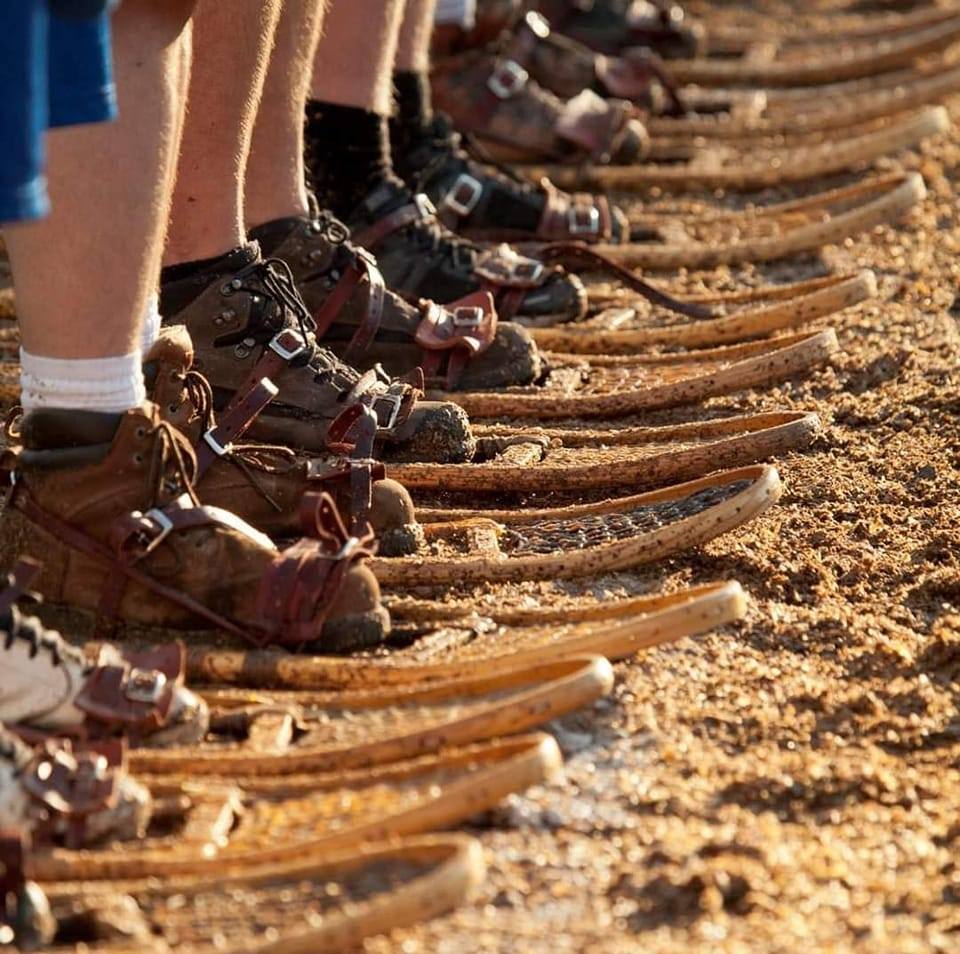
The competition at Snowshoe Park may be fierce, but the players who ditch their cleats for snowshoes are light-hearted and friendly. Instead of a baseball, batters aim for an oversized softball, hoping for the chance to shuffle their snowshoes around the bases without toppling to the ground.
Jeff Smith, longtime manager of the Snowhawks, told WPR’s “Morning Edition” that rounding the bases is no easy feat, something he learned the first time he was up to bat.
“Well, I took off for first base and fell right on my face,” Smith said. “You have to remember to keep keep those snowshoe tips up, otherwise you’re going to take a digger. That doesn’t feel too good, so you learn real quick.”
So far this year, the Snowhawks haven’t lost a game as the season cruises toward its final matchup.
“It’s going good,” Smith said. “We’ve only had a couple of injuries so far, so I’d say that’s a success.”
The following transcription was edited for brevity and clarity.
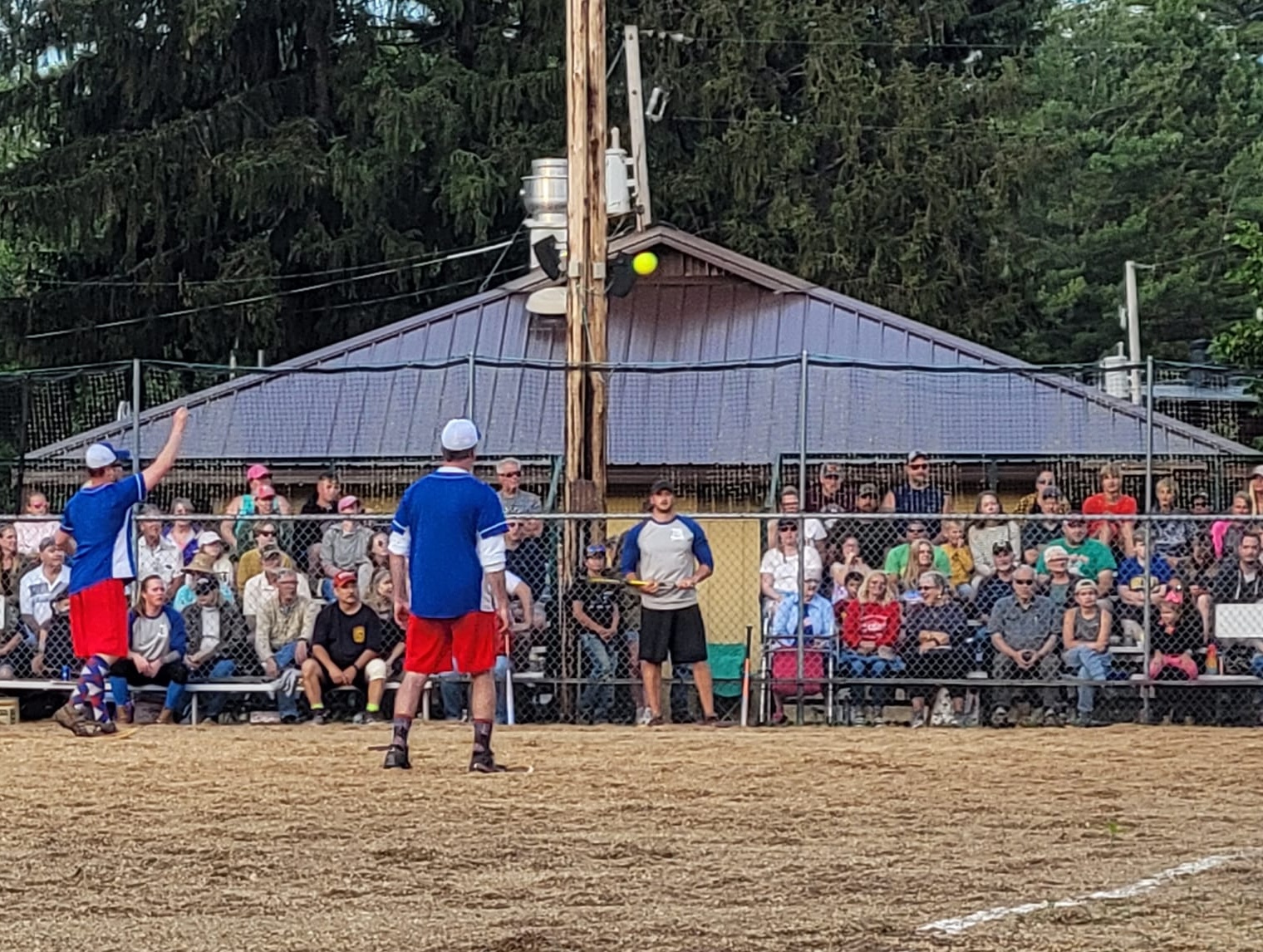
Shereen Siewert: When I think about snowshoes, my mind goes to winter sports, not necessarily to baseball. How do they fit together?
Jeff Smith: Well, it was a winter sport back in the early 50s. They did play in the winter, but a man by the name of Ray Sloan, who was the town chairman at the time, decided that maybe it would be a good thing to have a summer event. That’s where it started back in 1961. And for what, 63 years or so, it’s been going strong.
SS: What do you love about it personally?
JS: It’s a very unique way of playing ball. You have to shuffle, you don’t really run. I love all the fans that come to to this game. We average probably anywhere from 700 to 800 fans a a game. The ball itself is different. You play with no gloves and it’s not really easy to pick that ball up once it rolls through the sawdust. There’s a lot of spills and falls, which makes the game very unique to us and adds to the enjoyment for the fans.
SS: Given the challenges involved, I would imagine there are some modifications you have to make to the game before you play snowshoe baseball. What are some of those?
JS: There is a little shorter base path; I think it’s 50 feet instead of the 60-foot path for normal softball. Also, the field is softer. We have to have a soft field because there are some pretty nasty falls. We play three balls, two strikes and nine innings. It’s not too much different really, other than we don’t play with with gloves and it’s a 16 inch-ball that’s not so hard on the hands.
SS: How many teams participate each year and what is the age range like?
JS: Right now, we’ve got 11 teams and we try to hold 12 games. The age range starts at 18, which is the minimum to play, and there are some guys that are 65. Not many, but there are some. I would say the average age is in the 20 to 35 range.
SS: When we think about baseball, we think about the traditional things that you get at a baseball game, like peanuts and crackerjack. But snowshoe baseball is all about the pie. How did that happen?
JS: Well, you know, I’m not really sure how that all happened. The concession stand groups that operate decided one day to bring homemade pies, probably back in the 1960s, and it’s become a a fan favorite ever since.
People from all over bring pies and there’s all different kinds. That adds to the uniqueness of the game. They sell out pretty early, so you’ve got to get there a little beforehand to take advantage of that.
“You don’t get that noise, that sense of community spirit, anywhere else.”
Jeff Smith
SS: Talk a little bit more about the atmosphere at the games. What does it feel like to be there and be part of it?
JS: It’s amazing. I get there around 3 p.m. I strike the field, get everything all set. The concession stand group is getting things ready at that point and there’s kind of a slow buildup, but when it gets to be 5 p.m. it becomes electric. I mean, you smell all the smells. People are catching up with old friends they haven’t seen in awhile. And then 6 p.m. arrives, and people are eating, and teams start getting there for batting practice and it all really ramps up.
Then we have a little music before the game to get people in the mood. It smells so good there, just to sit and take it all in. The ambience is just an awesome experience. I think that’s what draws people back week after week. We see so many people, some are the same fans every week but also new fans that come from all over to see this.
SS: Your description is so vivid I can almost smell it myself. I can almost hear the crowd.
JS: Oh, yeah. And being on the field is just another whole experience. To hear that noise around you and to hear people cheering for you, you just don’t get that experience anywhere else except the big leagues. You don’t get that noise, that sense of community spirit, anywhere else.
If you have an idea about something in central Wisconsin you think we should talk about on “Morning Edition,” send it to us at central@wpr.org.
